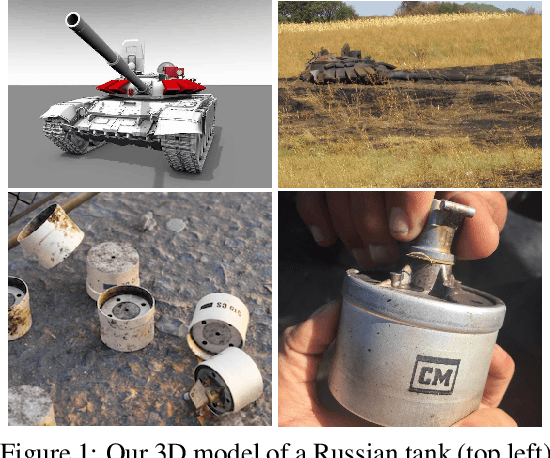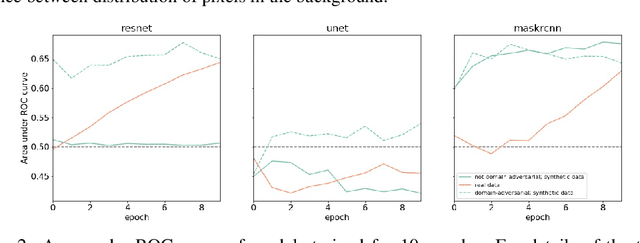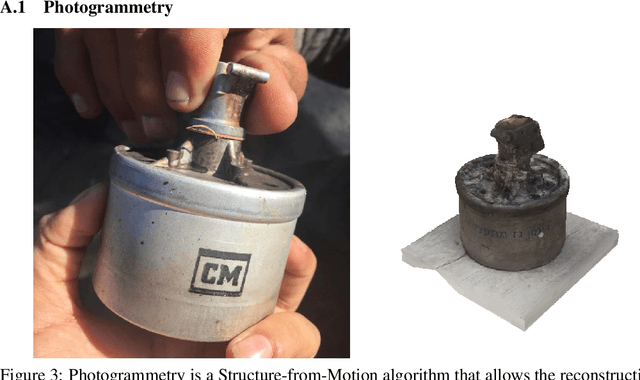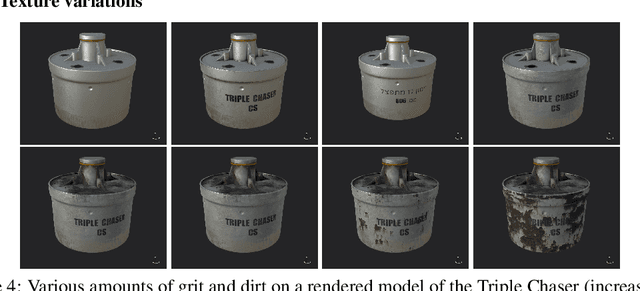Objects of violence: synthetic data for practical ML in human rights investigations
Paper and Code
Apr 01, 2020



We introduce a machine learning workflow to search for, identify, and meaningfully triage videos and images of munitions, weapons, and military equipment, even when limited training data exists for the object of interest. This workflow is designed to expedite the work of OSINT ("open source intelligence") researchers in human rights investigations. It consists of three components: automatic rendering and annotating of synthetic datasets that make up for a lack of training data; training image classifiers from combined sets of photographic and synthetic data; and mtriage, an open source software that orchestrates these classifiers' deployment to triage public domain media, and visualise predictions in a web interface. We show that synthetic data helps to train classifiers more effectively, and that certain approaches yield better results for different architectures. We then demonstrate our workflow in two real-world human rights investigations: the use of the Triple-Chaser tear gas grenade against civilians, and the verification of allegations of military presence in Ukraine in 2014.
 Add to Chrome
Add to Chrome Add to Firefox
Add to Firefox Add to Edge
Add to Edge